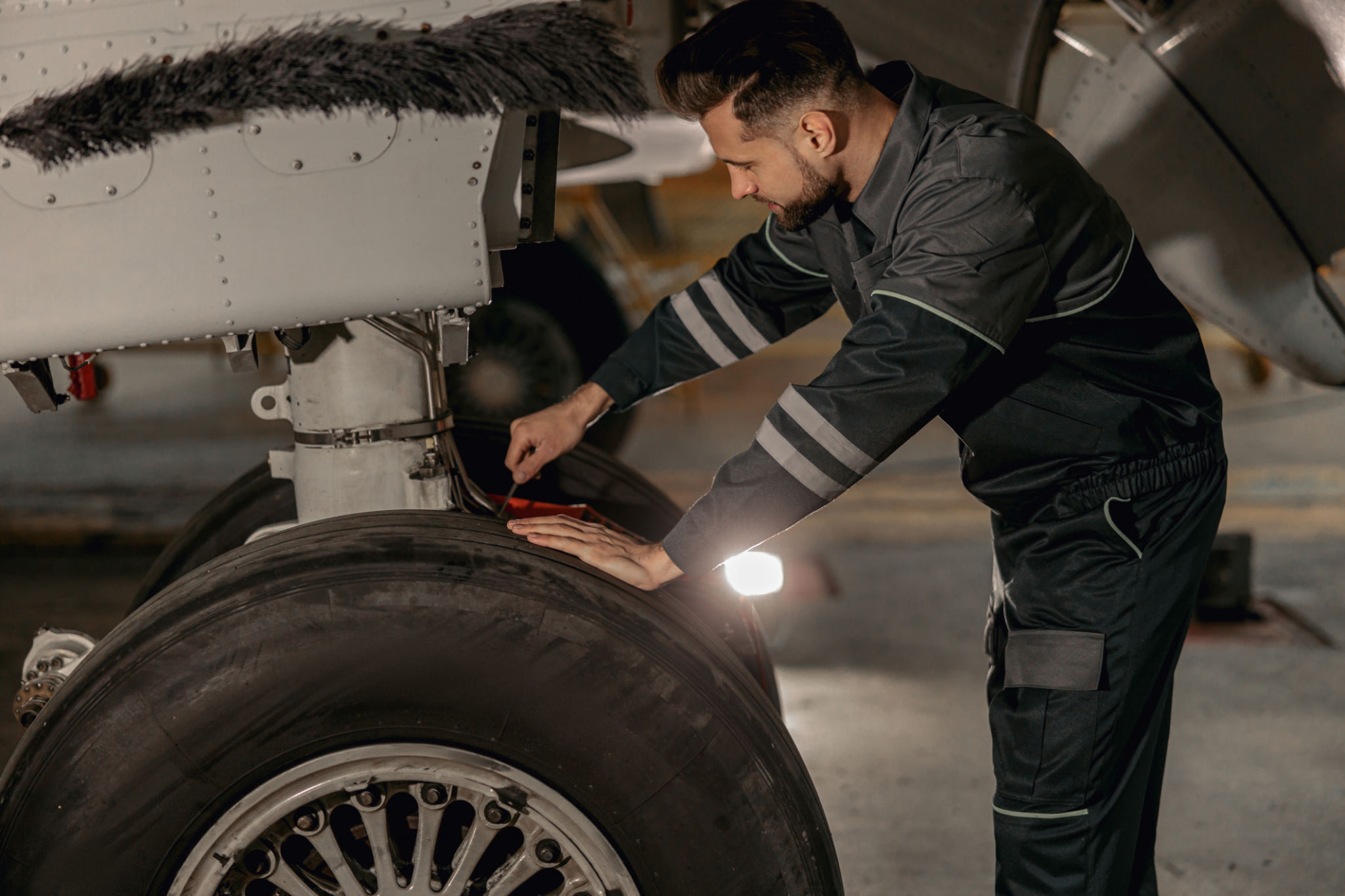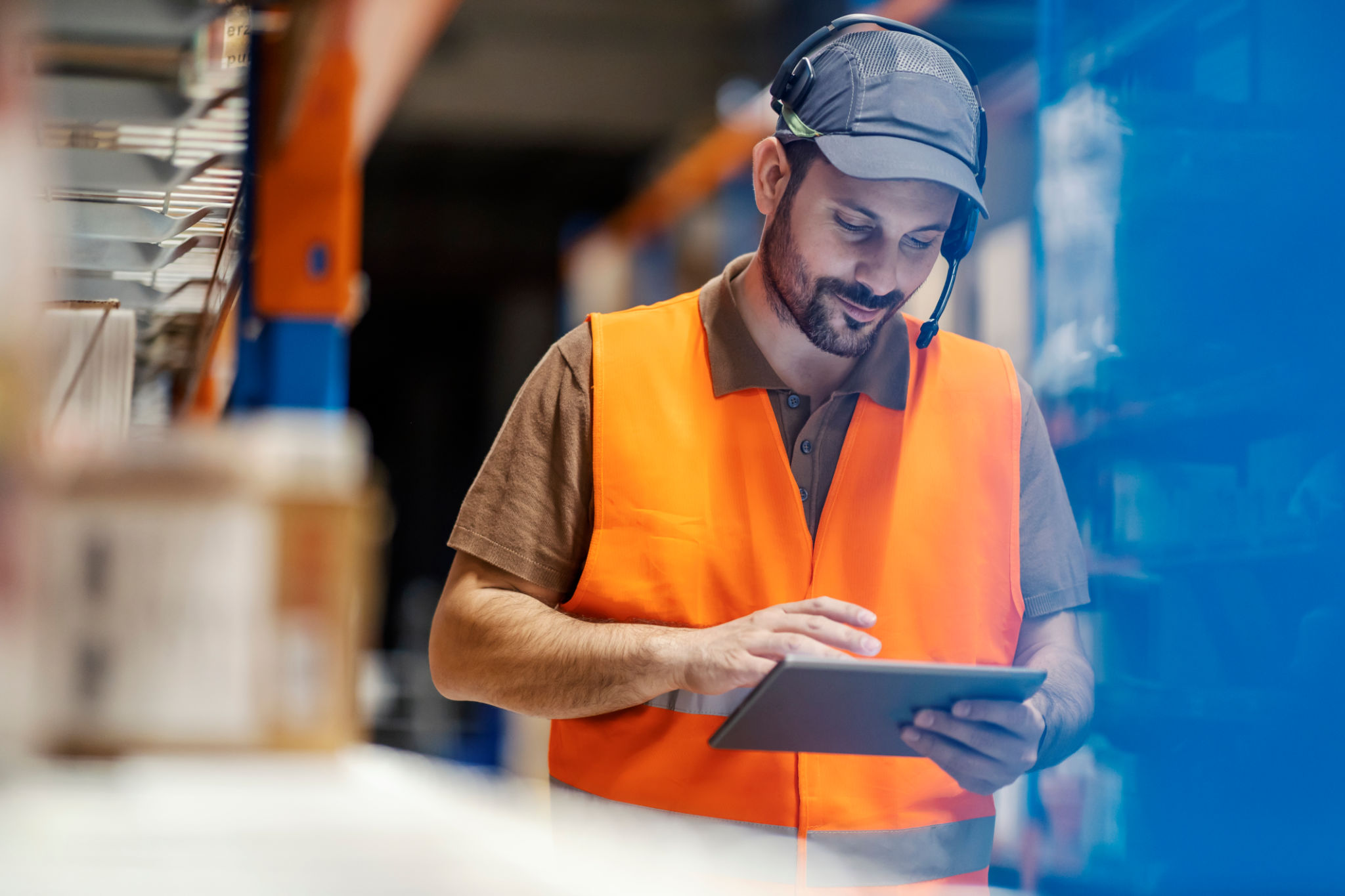Expert Tips for Maintaining Taillifts in Grimsby and Beyond
Understanding the Importance of Taillift Maintenance
Taillifts are an essential component for many businesses in Grimsby and beyond, providing a crucial link in the logistics and transport chain. Proper maintenance of these mechanical marvels ensures not only the longevity of the equipment but also the safety of those who operate them. Regular maintenance checks can prevent unexpected breakdowns, costly repairs, and potential safety hazards.

Daily Checks: A Habit Worth Forming
Incorporating daily checks into your routine is a simple yet effective strategy for maintaining taillifts. Before each use, operators should perform a quick visual inspection to look for any obvious signs of wear or damage. Checking the hydraulic fluid levels and ensuring that all moving parts are lubricated can go a long way in preventing mechanical issues.
It is equally important to listen for any unusual noises during operation, as these can be early indicators of potential problems. By catching these issues early, you can address them before they require more extensive repairs.
Weekly and Monthly Maintenance Tips
While daily checks are essential, weekly and monthly maintenance routines are also vital. Every week, operators should conduct a more thorough inspection. This includes checking the electrical connections, ensuring that all bolts and nuts are secure, and examining the condition of the lift platform surface.

Monthly inspections might involve more detailed checks of the hydraulic system and the testing of safety features such as emergency stops and overload protection mechanisms. Documenting these checks is crucial as it helps track the taillift's condition over time and can be invaluable if any issues arise.
Training and Safety: Equipping Your Team
Ensuring that your team is properly trained in taillift operation and maintenance is critical. Regular training sessions can keep your staff updated on the latest safety protocols and maintenance techniques. This not only helps in maintaining the equipment but also protects your employees from accidents.
Additionally, fostering a culture of safety within your organization encourages employees to report potential issues without delay, leading to quicker resolutions and less downtime.

Utilizing Professional Services
While routine maintenance can be handled internally, there are times when professional services are necessary. Engaging with a certified taillift service provider for annual inspections or complex repairs ensures that all components are thoroughly checked and serviced by experts. This professional oversight can be pivotal in maintaining compliance with local regulations and standards.
The Role of Technology in Maintenance
With advancements in technology, monitoring taillift health has become more efficient. Digital tools and apps can help schedule maintenance tasks, track repair history, and even alert operators to potential issues. Implementing such systems can streamline maintenance processes and reduce the likelihood of human error.
Furthermore, some modern taillifts come equipped with built-in diagnostics that provide real-time data on performance and potential faults. Leveraging these technologies can significantly enhance your maintenance strategy.
Conclusion: A Proactive Approach
Maintaining taillifts effectively requires a combination of regular checks, proper training, professional servicing, and embracing technological advancements. By adopting a proactive approach to maintenance, businesses in Grimsby and beyond can ensure their operations run smoothly, safely, and efficiently.

Ultimately, the key to successful taillift maintenance lies in consistency and diligence. By prioritizing this aspect of your logistics operations, you invest in the safety and productivity of your entire team.
